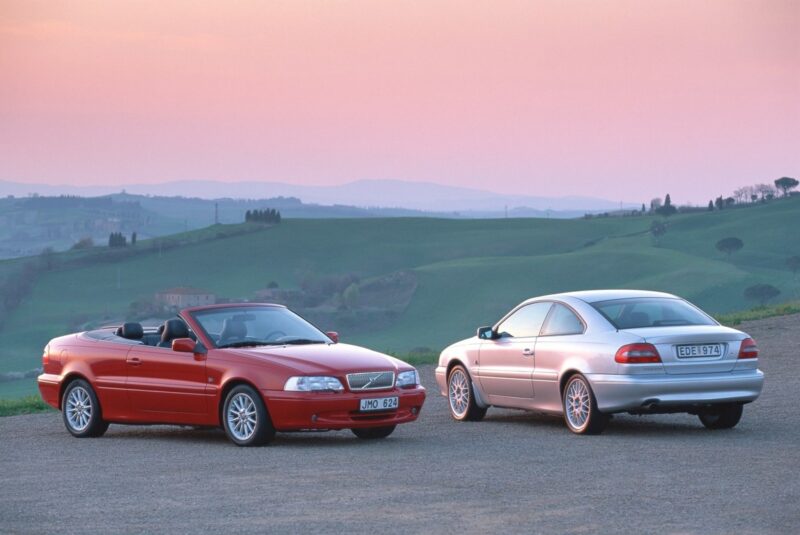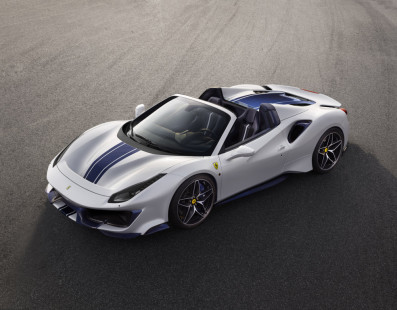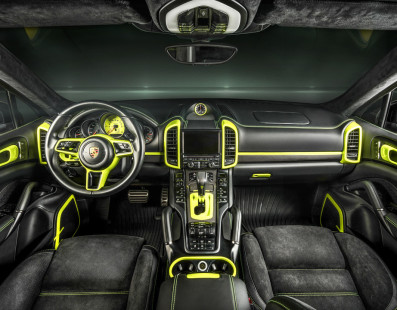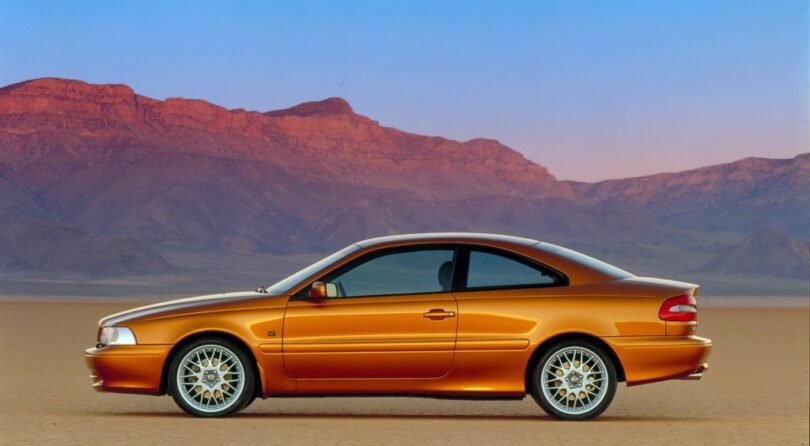
Volvo C70: No Ordinary Volvo
Words Marco Mancino / Photos Volvo Cars Media
In the second half of the 90s you would never have bought a Volvo for its look. You had for safety on board, for comfort and reliability, qualities that have remained intact to this day, where however, stylistic solutions have also been implemented thus contributing to make the Swedish brand very desirable even beyond national borders. That’s why when the C70 Coupe was unveiled in 1996 it was something unexpected. It was another great Volvo, but this time also incredibly beautiful to look at.
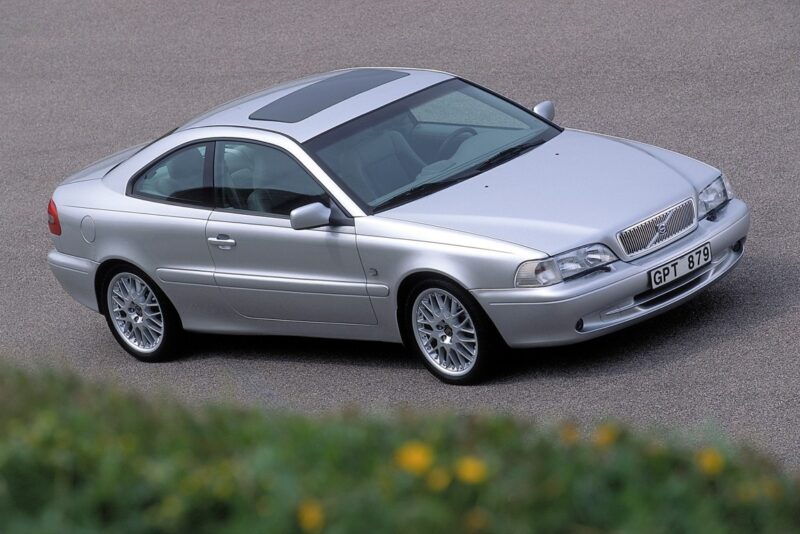
We are talking about the first real coupe proposed since the 1800 and which contrasted with the stylistic language that identified Volvo as a car full of sharp edges. They started from a blank sheet of paper, granting maximum freedom to the small team who would make use of the incredible help by TWR (Tom Walkinshaw Racing, which already supported Volvo in the BTCC), in order to create a beautiful car that was also fun to drive. The head of design, Peter Horbury, thus seized the opportunity and created soft lines for a coupe that still manages to turn heads today, without giving up the on-board comfort offered by a leather interior, which despite maintaining a close link with the rest of the family, had nothing to envy to its competitors.
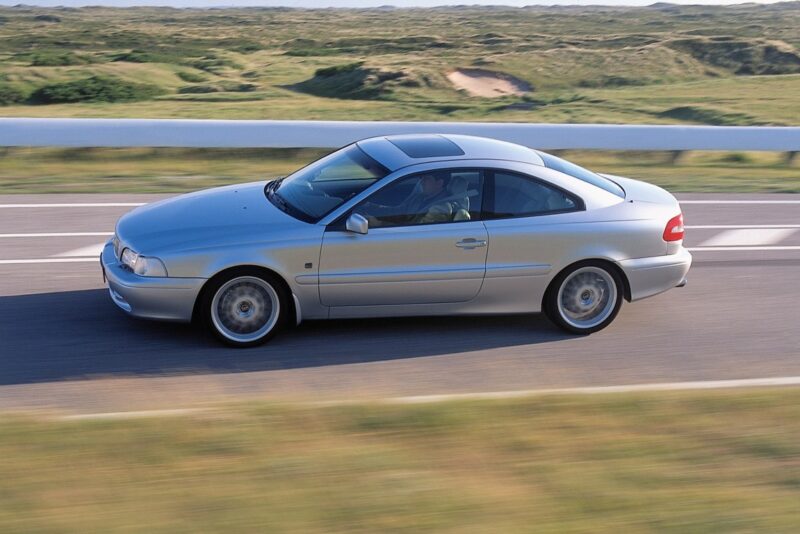
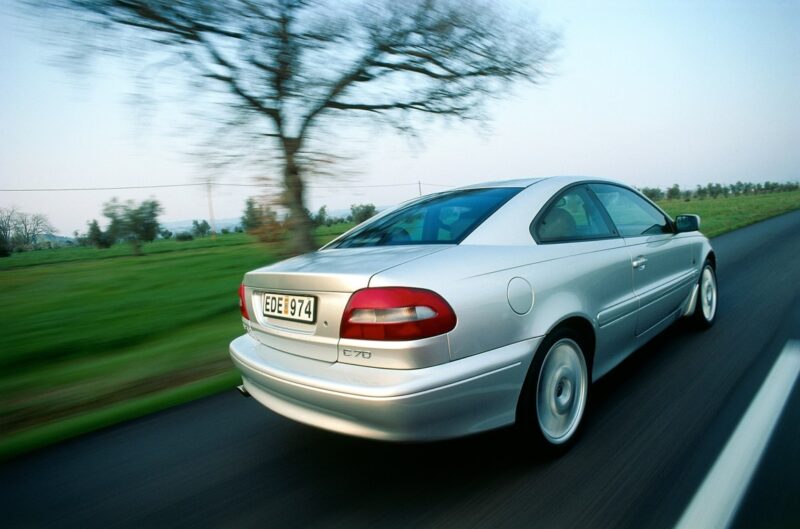
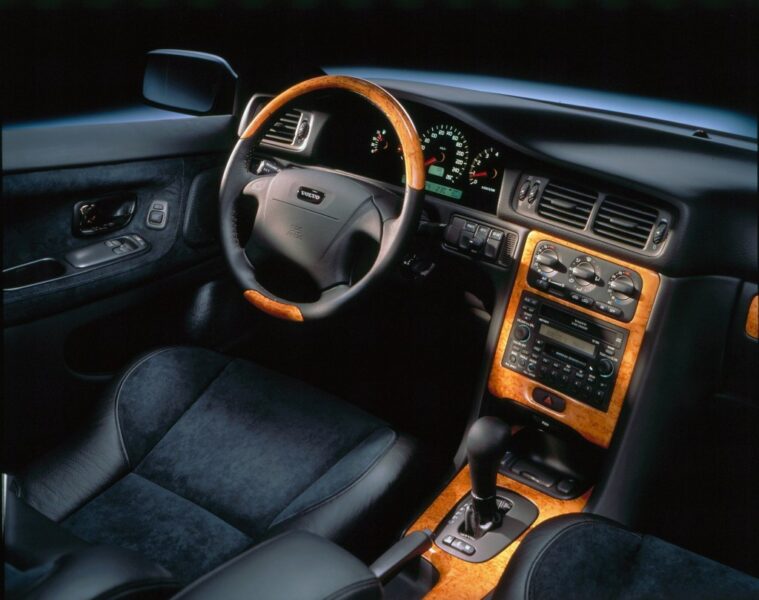
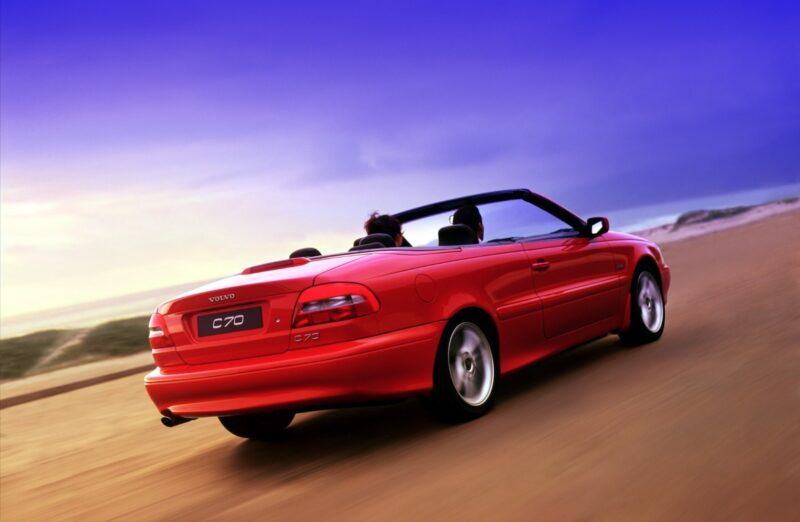
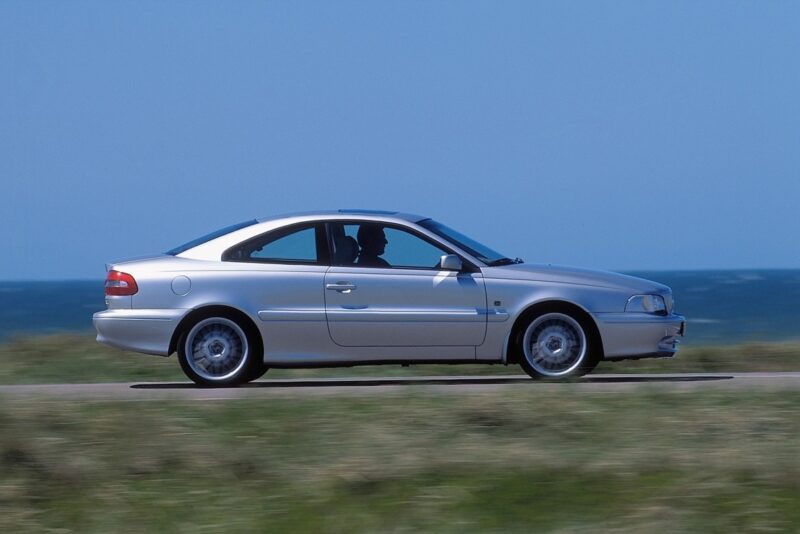
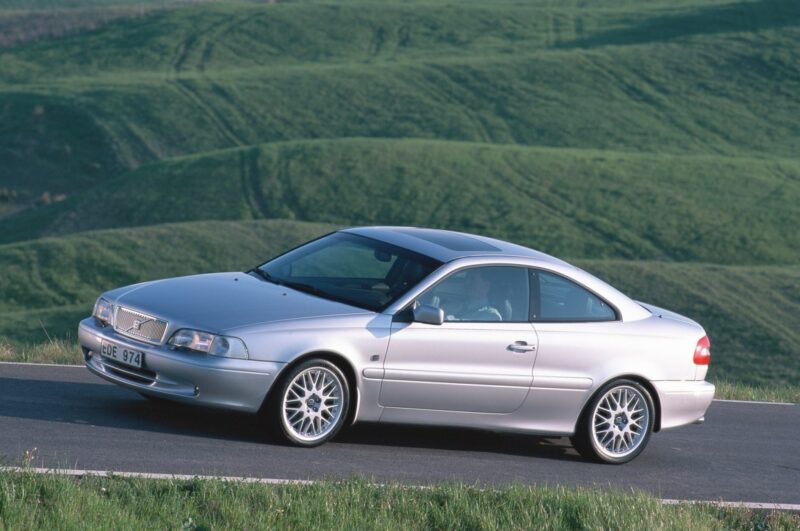
In just 30 months of gestation, the C70 was ready for its debut, which occurred exclusively with five-cylinder turbo engines. The most powerful was a 2.3 with 240 hp (the same of the 850R), then there was a 2.5 with 193 hp and 2-liters with 180 and 225 hp. Although traction was distributed only on the front axle, the C70 enjoyed excellent road behavior and more than interesting performance. The 2.3 took just 6.9 seconds to sprint from 0 to 100 kph and reached a top speed of 250 per hour, all combined with a 5-speed manual transmission. The weight was also rather low and did not exceed one and a half tons, while the selling price was some sort of a bargain at the time exactly as it is today with examples in good condition under €10,000.
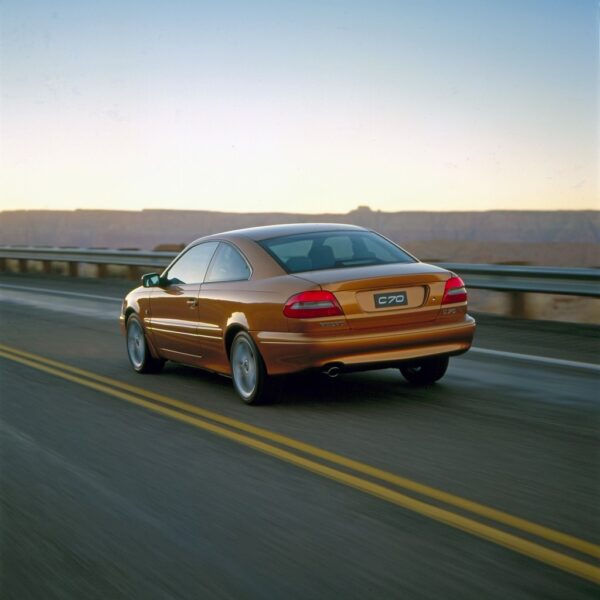
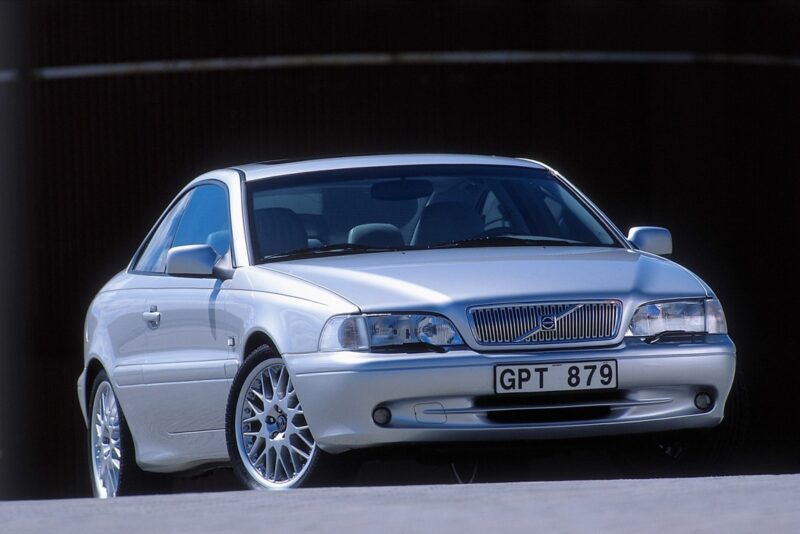
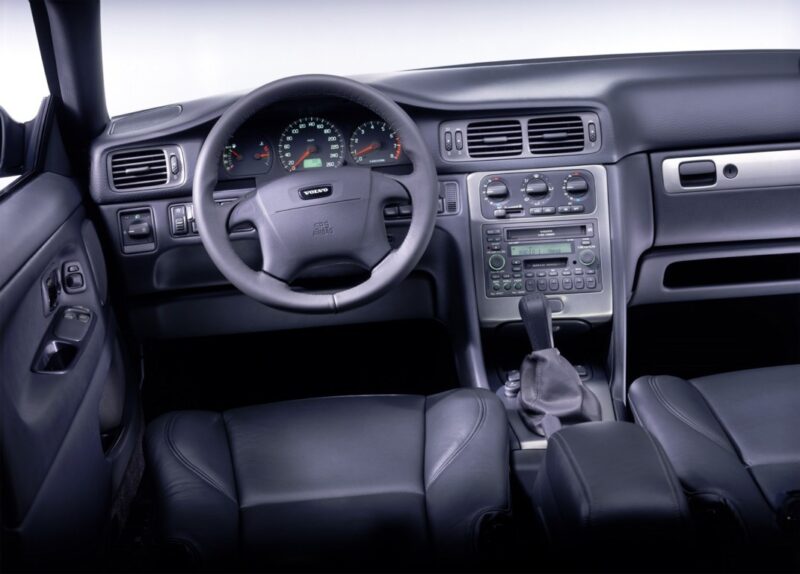
The variants with automatic transmission and the Cabriolet version with canvas roof were also introduced shortly, a way for enjoying the less ordinary Volvo experience en plein air. In 2005 the second generation arrived – only as a convertible – which overturned its soft lines, taking up the stylistic canons of the moment, losing a lot in terms of personality and design, until it disappeared from the list in 2013. For us it remains one of the best Volvos ever produced, but also one of the most fascinating and least obvious coupes of the 90s and 00s. This car proves that those small teams, who were often tasked with following niche projects during weekends and days off, are the ones creating the most sensational cars.
